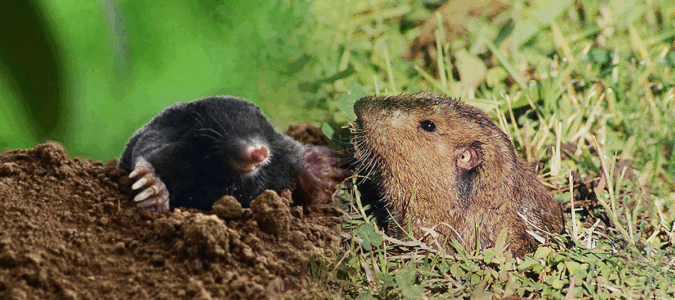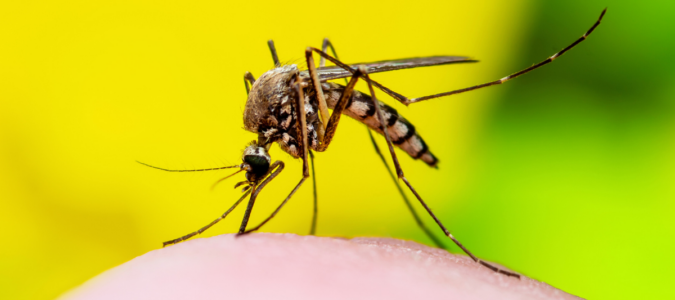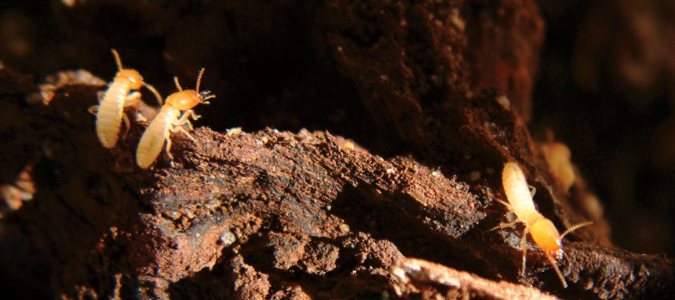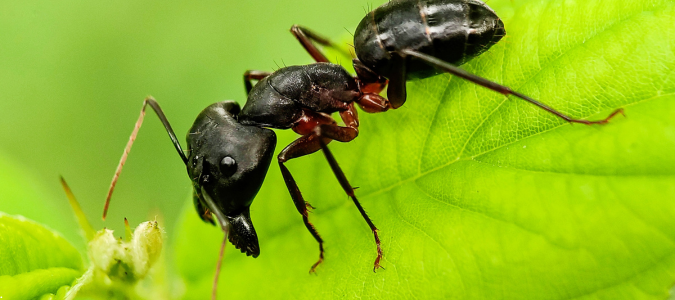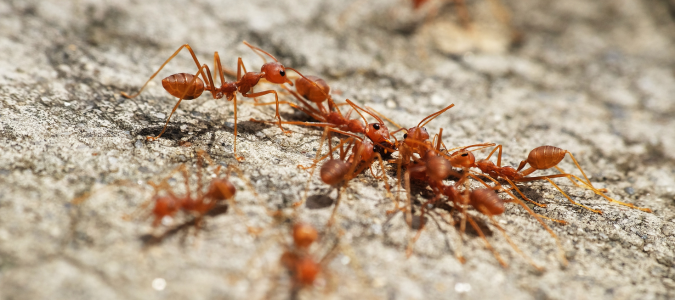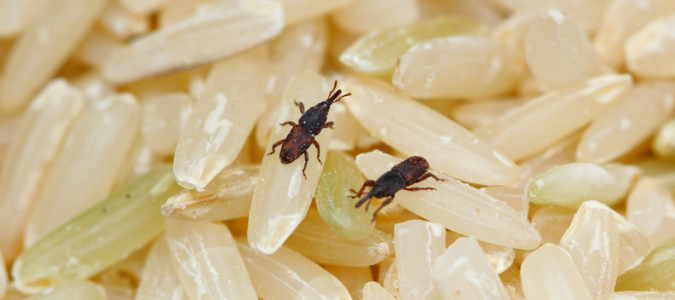Expert Tips to Get Your Home Winter-Ready

Even without snow, East Texas winters bring chilly winds, heavy rain, and unexpected cold snaps that can test your home’s comfort and durability. A few quick checks now can help prevent costly repairs and keep your home healthy all season long.
Homeowner Tips for Winter Readiness
Winter in East Texas might not bring blizzards, but it still comes with chilly winds, heavy rain, and sudden cold snaps that can take a toll on your home. Our expert pest, lawn, and handymen teams compiled a few simple steps to help you care your home and avoid expense repair costs.
1. Seal Up Before It Cools Down
Start with the basics: check your windows, exterior doors, and garage seals. A tight seal keeps warm air in and cold drafts and pests out.
- Pro tip: Close your garage and turn off the lights. If you see sunlight peeking through, it’s time to replace those seals before temperatures drop.
